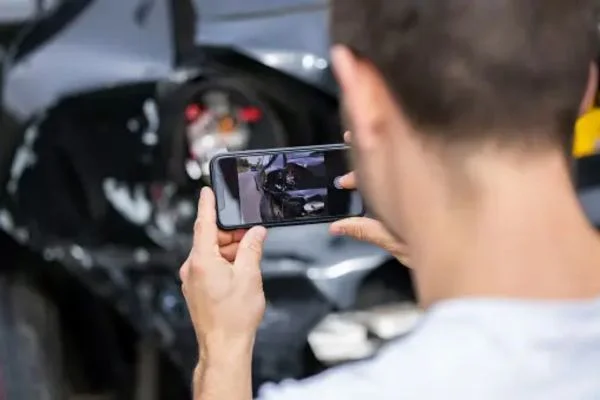For car photography, picking the right filter can make all the difference. Whether you’re shooting a classic car or just a regular sedan, having the perfect filter can take your pictures from good to great. So what camera filter to use for car photography and how do you choose? Let’s break it down.
What Camera Filter To Use For Car Photography – Let’s Find Out
Polarizing Filters
Polarizing filters significantly reduce glare and reflections on your car’s paint job. They work by blocking out unwanted light and helping bring out the actual color and texture of the paint job.
This type of filter is beneficial when shooting in direct sunlight, as polarizing filters can reduce glare and reflections on glass surfaces like windshields.
Neutral Density Filters
Neutral density filters reduce the amount of light that enters your lens without changing its color balance or contrast. This type of filter is proper when shooting in bright conditions, such as sunsets or direct sunlight.
It helps to keep your exposure levels balanced so that even when dealing with a highly bright environment, you’ll still get great-looking shots.
Variable Neutral Density Filters
Variable neutral density filters are similar to traditional neutral density filters but offer more flexibility regarding exposure control. The main advantage of this type of filter is that it allows you to adjust the amount of light entering your lens depending on what kind of shot you’re looking for.
These filters are beneficial when shooting cars in different lighting conditions, as they allow you to adjust the exposure level without changing lenses every time there is a shift in lighting conditions.
Also Read: Are Mirrorless Cameras Good For Photography?
What Does A Car Camera Filter Do?

You might have heard of car camera filters, but have you ever wondered what they do? For many, car camera filters sound like another unnecessary accessory to keep track of, but they serve important purposes.
Not only do they enhance the visual appeal of your footage, but they also help to protect your equipment. In this section, we will look in-depth at what a car camera filter does and how it can help you capture better footage on the road. So sit back, relax, and let’s explore the world of car camera filters.
Enhancing Image Quality
The primary purpose of car camera filters is to improve the overall image quality of your footage. Filters help to reduce glare, balance colors and manage exposure so that the final output is more pleasing to the eye.
For instance, polarizing filters can eliminate reflections from the windscreen and other surfaces, making your footage more transparent and vibrant.
Similarly, neutral density (ND) filters can help control the exposure by reducing the amount of light entering the camera, which prevents overexposure and provides a more balanced image.
Protecting Your Camera Lens
Car cameras can be expensive investments, so taking care of them properly is essential. A camera filter acts as a protective barrier between your lens and the outside world.
Dust, dirt, and other debris can easily scratch the glass on your camera lens, leading to reduced image quality and potentially costly repairs. Adding a filter provides an extra layer of protection, keeping your lens safe from potentially damaging elements.
Also Read: Can I Connect A Sports Camera Directly To My Phone?
Preventing Lens Flare
Lens flare occurs when bright light sources, such as the sun, enter the camera lens and scatter, leading to a haze or glare in your footage. Lens flare can be very distracting and reduce the quality of your video.
By managing how the light interacts with your camera’s lens, car camera filters can prevent lens flare. By utilizing filters designed to minimize lens flare, you can avoid washed-out or overexposed footage, leading to a more enjoyable viewing experience.
Enhancing Colors and Contrast
Filters can accentuate colors and increase contrast in your footage, which could be particularly useful when filming during different times of the day or in various weather conditions.
Car camera filters such as graduated neutral density (GND) filters can darken the bright sky while keeping the road adequately exposed. This technique helps balance the image exposure and produces a more dynamic and visually engaging video.
Expanding Your Creative Options
Last, utilizing car camera filters allows you to expand your creative options when shooting. Experimenting with different filters, such as tinted filters, can result in unique and artistic footage.
This can add extra creativity to your car videos, primarily if you document a road trip or create content for social media platforms like YouTube or Instagram.
Also Read: How Much Do Car Dealerships Pay For Photography?
Bottom Line:
Now you know what camera filter to use for car photography. When it comes to car photography, choosing the right camera filter can make a difference.
Whether you opt for polarizing filters, neutral density filters, or variable neutral density filters, each has advantages and drawbacks depending on what kind of shots you want to achieve.
No matter which one you end up using, though, make sure that your camera settings are correctly adjusted for optimal results! Good luck!

